June 27, 2025
Bhimashankar Travel Guide & Itinerary from Mumbai: Trekking, Temple Darshan, and More
CM Content Team

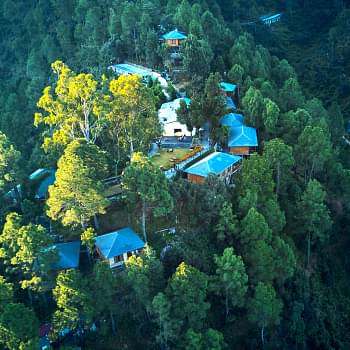
View all
140+
Resorts
June 27, 2025
CM Content Team
Nestled deep within the Sahyadri Hills of Maharashtra, Bhimashankar is a rare destination that beautifully blends pilgrimage with adventure. Known for housing one of the twelve sacred Jyotirlingas of Lord Shiva, this serene hill station is also one of the most scenic trekking spots in the state. Whether you are a devotee seeking spiritual solace, a trekker craving monsoon magic, or a weekend explorer from Mumbai, Bhimashankar offers a rejuvenating escape wrapped in mythology, mist, and forested trails.
Nestled in the Sahyadri Hills of Maharashtra, Bhimashankar is a serene hill destination located about 196 km from Mumbai and 124 km from Pune, it sits at an altitude of 3,250 feet and forms part of the Bhimashankar Wildlife Sanctuary, a biodiversity hotspot home to rare species like the Indian Giant Squirrel (Shekru). Whether you're a nature lover, wildlife enthusiast, or spiritual traveller, Bhimashankar offers a perfect blend of adventure and tranquillity, especially during the monsoon and winter seasons.
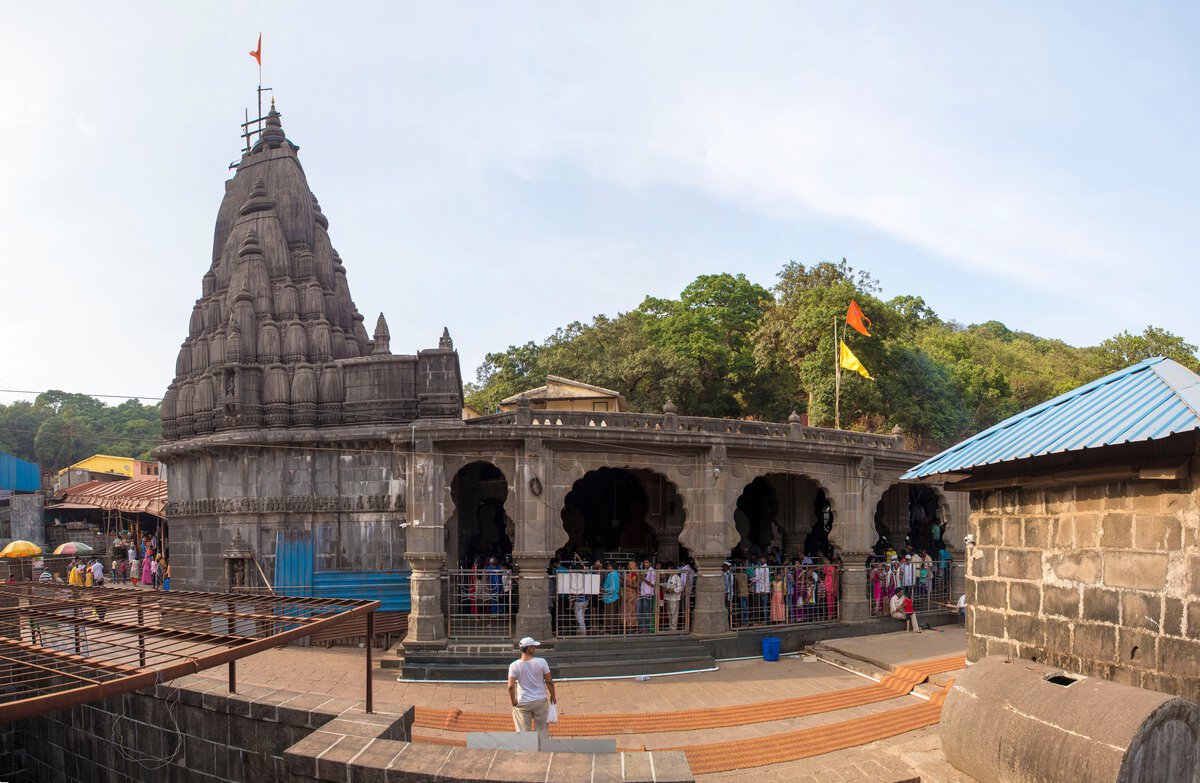
The Bhimashankar Temple is one of the 12 Jyotirlingas of Lord Shiva, making it a highly revered pilgrimage site in India. Built in the Nagara style of architecture, the temple features intricately carved stone pillars and a peaceful sanctum nestled within a natural setting. According to mythology, this is where Lord Shiva manifested to defeat the demon Tripurasura, and the sacred Bhima River is believed to originate nearby. Pilgrims flock here throughout the year to attend daily aartis, especially the early morning Kakad Aarti, and to experience the spiritual calm that the temple exudes amidst the surrounding forest.
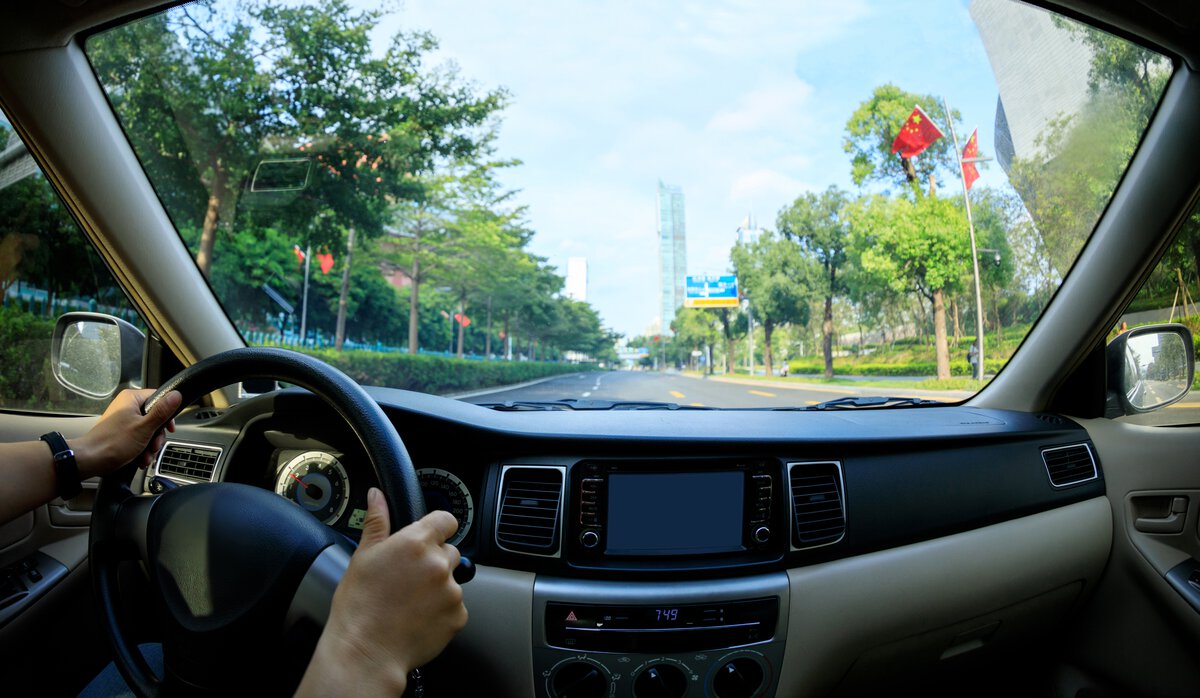
Bhimashankar is about 196 km from Mumbai and takes around 6–7 hours by road. Depending on your comfort and adventure level, you can choose from several travel options:
This is the most flexible way to get to Bhimashankar. Take the Mumbai–Pune Highway (NH60) and follow the route via Rajgurunagar–Manchar–Bhimashankar Road. The last 50 km includes winding ghat roads, so cautious driving is advised, especially during monsoon.
Travel time: 6–7 hours
MSRTC buses run from Mumbai to Bhimashankar, but they are limited and may not run daily. A better option is to take a bus to Pune or Manchar, then catch a local bus or hire a cab to reach Bhimashankar. Buses from Manchar are more frequent and cover the scenic ghat roads leading to the temple. The journey from Manchar takes about 1.5 to 2 hours. It's best to start early, as public transport options become sparse by late afternoon.
You can take a train from Mumbai to either Pune (the most preferred option) or Karjat, depending on your travel preferences. From Pune, Bhimashankar is approximately 124 km away. You can either hire a private cab for a comfortable journey or catch a state transport (MSRTC) bus heading towards Bhimashankar, though bus frequency may be limited, especially on weekdays.
If you prefer a trekking adventure, Karjat is the ideal choice. From Karjat station, travel by shared auto or private rickshaw to Khandas village, the base point for the popular Ganesh Ghat and Siddhi Ghat treks. These scenic trails pass through dense forest, waterfalls, and rocky terrain, making it a favourite route for adventure seekers, especially during the monsoon season.
For adventure lovers, Bhimashankar is a monsoon trekking paradise. Start from Khandas village, accessible from Karjat via rickshaw or shared transport. The lush trails offer stunning views of waterfalls, dense forests, and misty valleys along the way. It's an ideal weekend trek for those seeking both natural beauty and spiritual serenity.

Bhimashankar is a hotspot for trekkers, offering moderate to challenging trails wrapped in greenery and mist. The treks pass through Bhimashankar Wildlife Sanctuary, rich in flora and fauna.
What to Carry:

Mandir Darshan: The Sacred Bhimashankar Temple
At the heart of the region lies the Bhimashankar Temple, one of the 12 Jyotirlingas dedicated to Lord Shiva. Built in traditional Nagara style, the temple features intricate carvings, a peaceful courtyard, and mythological significance.
Temple Timings:
Open: 4:30 AM – 9:30 PM
Aarti Times:
Darshan Tips:
The temple is believed to mark the spot where Lord Shiva defeated the demon Tripurasura, and the origin of the Bhima River is nearby, adding to its spiritual aura.
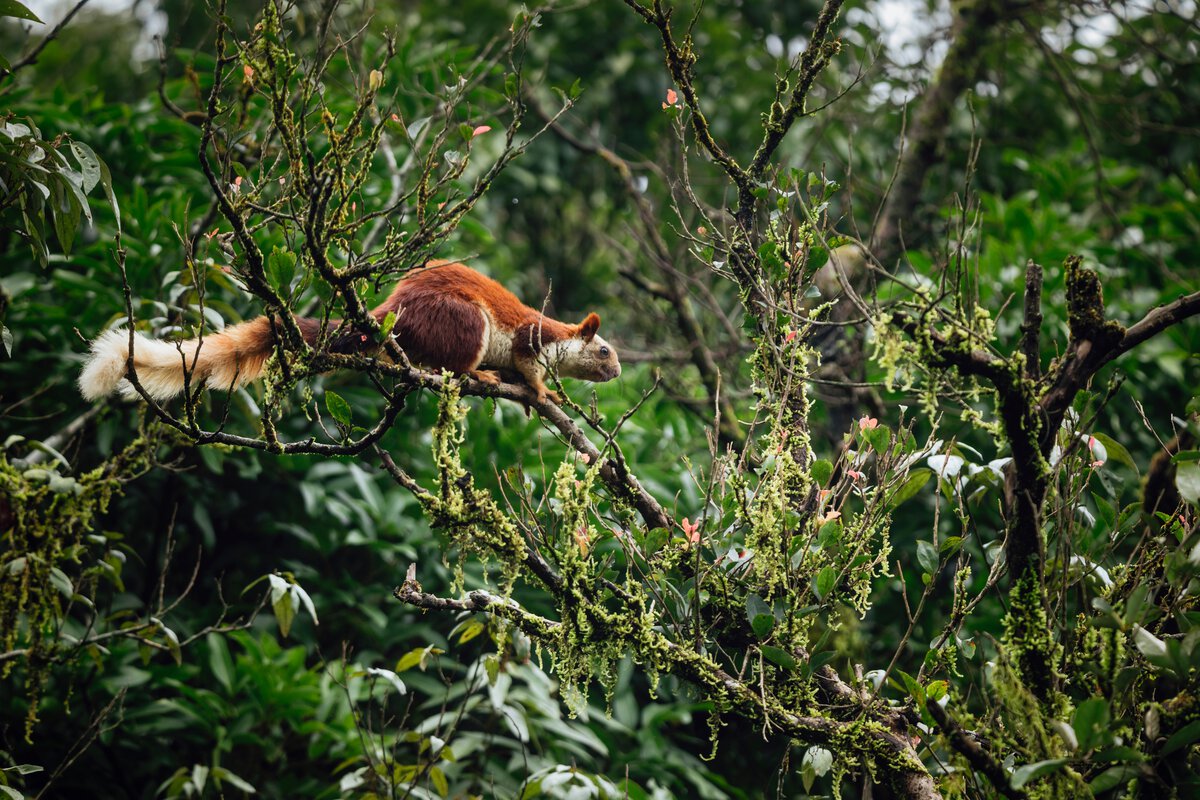
Apart from the temple, Bhimashankar offers serene landscapes, forest trails, and peaceful hideaways. Here are must-visit places and experiences:

If you're planning to extend your trip, there are several scenic and culturally rich destinations near Bhimashankar that are worth exploring.
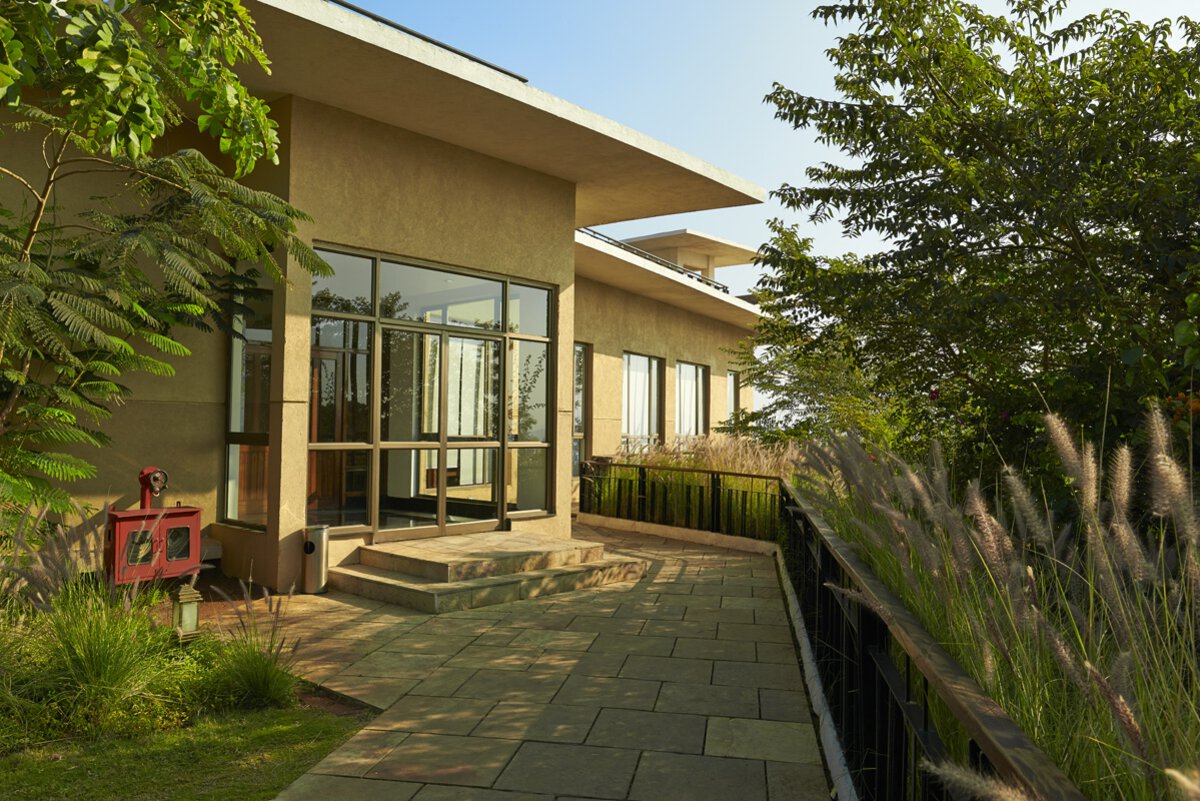
If you're visiting Maharashtra, be sure to include Lonavala in your itinerary, a serene hill station known for its lush landscapes and refreshing climate. For a truly relaxing stay, Club Mahindra Tungi offers stunning views of Pavana Lake, spacious rooms, and warm hospitality. It’s the perfect place to unwind after a day of sightseeing or trekking. The resort in Maharastra also features an infinity pool, spa, and fun activities for all age groups. Whether you're traveling with family, friends, or solo, this resort in Lonavala offers a peaceful and memorable experience.
Club Mahindra membership gives you access to a wide network of over 140+ Club Mahindra resorts worldwide. With flexible holiday planning, easy booking, and quality experiences for all age groups, it’s designed for hassle-free getaways. Whether it’s a quick weekend trip or an international vacation, your stays are always just a few clicks away.

A perfect blend of pilgrimage, trekking, and nature exploration
Day 1: Departure from Mumbai & Temple Visit
5:00 AM – Depart from Mumbai:
8:30 AM – Breakfast En Route (Rajgurunagar/Manchar):
11:00 AM – Arrive at Bhimashankar & Check-in:
12:00 PM – Darshan at Bhimashankar Temple:
2:00 PM – Lunch at a Local Eatery:
4:00 PM – Visit Hanuman Lake & Wildlife Sanctuary Trail:
6:00 PM – Optional Trek to Nagfani Point:
8:00 PM – Dinner & Overnight Stay:
Day 2: Morning Trek & Return Journey
6:00 AM – Trek to Gupt Bhimashankar:
8:00 AM – Breakfast at the Stay or Local Stall:
9:30 AM – Optional Visit to Lenyadri Caves (if extending):
12:30 PM – Lunch En Route:
6:00 – 7:00 PM – Return to Mumbai:

|
Season |
Experience |
|---|---|
|
Monsoon (June–Sept) |
Lush greenery, misty landscapes, and ideal conditions for trekking adventures |
|
Winter (Oct–Feb) |
Pleasant climate, clear skies, perfect for temple visits and nature walks |
|
Summer (Mar–May) |
Hot afternoons, but early mornings are suitable for darshan and light exploration |
Travel Tips:
Whether you're chasing divinity or mist-covered trails, Bhimashankar is a soul-refreshing destination that offers something for every traveller. With ancient legends carved in stone, cool breezes wafting through cedar forests, and a spiritual calm that’s hard to find elsewhere, it’s the perfect mix of pilgrimage and peace.
So, pack your bags, lace up your trekking shoes, and set your compass to Bhimashankar, a journey that’s as divine as it is unforgettable.
Mahindra Holidays & Resorts India Ltd. (MHRIL), a part of Leisure and Hospitality sector of the Mahindra Group, offers quality family holidays primarily through vacation ownership memberships and brings to the industry values such as reliability, trust and customer satisfaction. Started in 1996, the company's flagship brand ‘Club Mahindra’, today has over 300,000 members , who can holiday at 140+ resorts in India and abroad.
We use cookies to personalise content and to provide you with an improved user experience.By Continuing to browse this site you consent to the use of cookies.Please visit our cookie policy for further details.

Welcome to ClubMahindra.com In order to provide a personalised experience for you, we use cookies to enable some website functionality. Cookies help us see which articles most interest you; allow you to easily share articles on social media channels; permit us to deliver content personalised to your interests and locations; along with many other site benefits. For more information, please review our Cookie Policy
When you visit any website, it may store or retrieve information on your browser, mostly in the form of cookies. This information might be about you, your preferences or your device and is mostly used to make the site work as you expect it to. The information does not usually directly identify you, but it can give you a more personalized web experience. Because we respect your right to privacy, you can choose not to allow some types of cookies. Click on the different category headings to find out more and change our default settings. However, blocking some types of cookies may impact your experience of the site and the services we are able to offer.
Because we respect your right to privacy, you can choose not to allow some types of cookies and you have the right to withdraw your consent by send a mail to email id [email protected]
These cookies are essential in order to enable you to move around the site and use its features, such as accessing secure areas of the site. Without these cookies, services you have asked for cannot be provided.
These cookies allow us to employ data analytics so we can measure and improve the performance of our site and provide more relevant content to you. These cookies don't collect information that identifies a visitor down to an individual level that is available to us. These cookies are not passing personally identifiable information to any external third party other than in limited cases when we engage a service provider to act on our behalf but who is then unable to use the data for their own purposes.
Performance cookies are generally third-party cookies from vendors we work with or who work on our behalf that collect information about your visit and use of the Club Mahindra website, for instance which pages you visit the most often, and if you get error messages from web pages. These cookies don't collect information that identifies a visitor. All information these cookies collect is anonymous and is only used to improve your overall experience on how the website works. Third party vendors may have access to this data and may use it to improve their overall services and offerings.
Functionality cookies allow a site to remember choices you make (such as your user name, language or the region you are in) and provide more enhanced, personal features. These cookies cannot track your browsing activity on other websites. They don't gather any information about you that could be used for advertising or remembering where you've been on the Internet outside our site.
Third-party advertising and social media cookies are used to (1) deliver advertisements more relevant to you and your interests; (2) limit the number of times you see an advertisement; (3) help measure the effectiveness of the advertising campaign; and (4) understand people's behaviour after they view an advertisement. They are usually placed on behalf of advertising networks with the site operator's permission. They remember that you have visited a site and quite often they will be linked to site functionality provided by the other organization. This may impact the content and messages you see on other websites you visit. If you do not allow these cookies you may not be able to use or see certain these sharing tools content on our website.